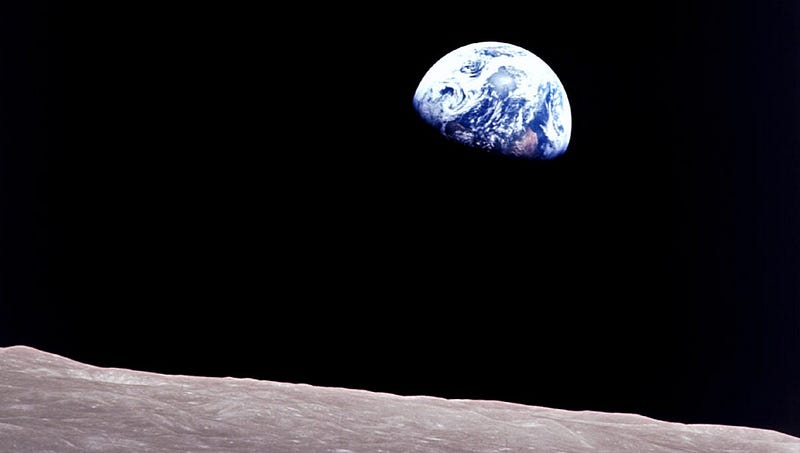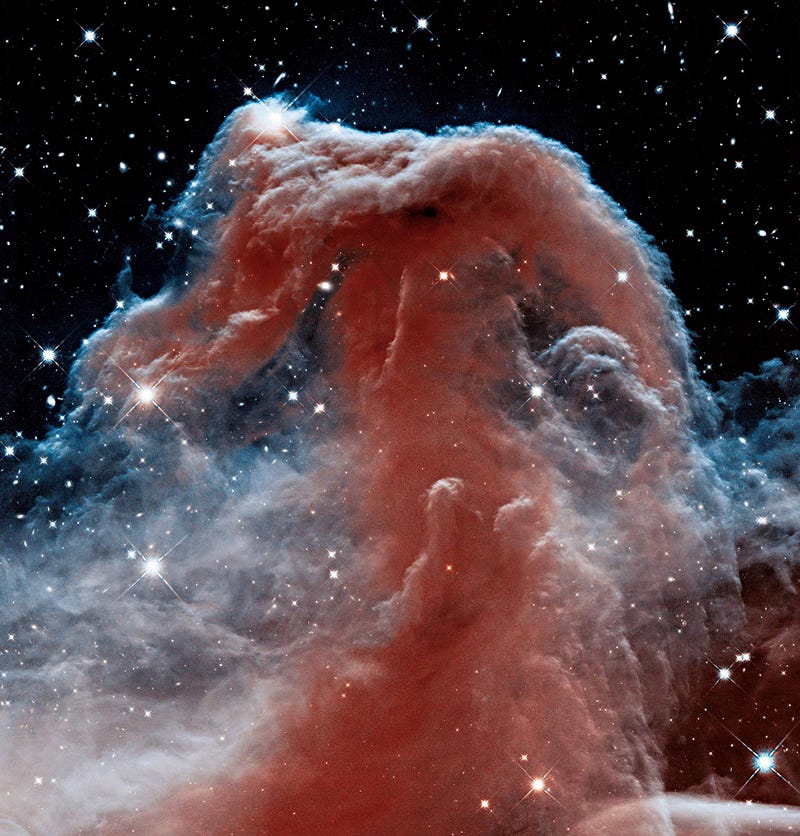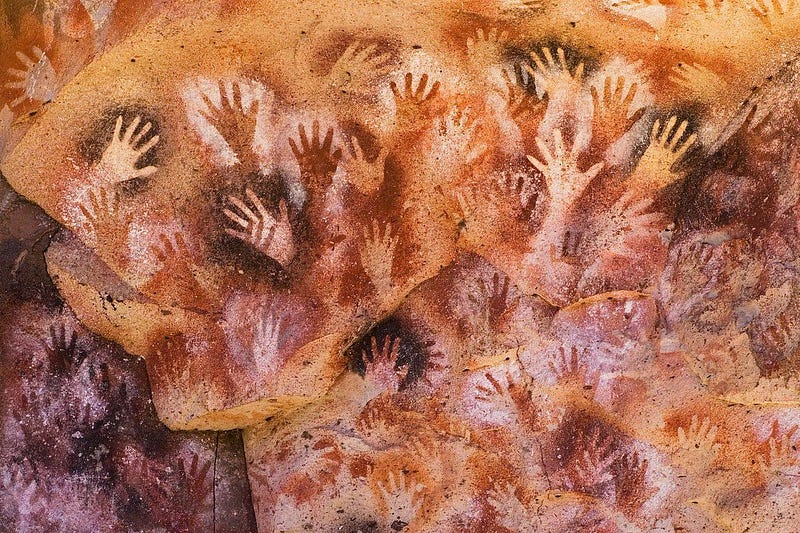Hope Through Science: Rediscovering Wonder in Our Universe
Written on
In this inaugural blog post, I feel compelled to express my optimism against the backdrop of a world that often leans toward pessimism and disengagement regarding the future. It’s unclear when society shifted from envisioning a hopeful future filled with bright cities and advanced technologies to one dominated by dystopian narratives and survival anxieties, particularly concerning climate change.
While it’s easy to blame the relentless cycle of negative news or our own youthful angst for this shift, I’ve never overlooked the genuine issues we face—climate change, job displacement due to automation, economic instability, and more. These challenges understandably lead to a collective disinterest in our future, causing us to look down rather than up in awe. Yet history teaches us the vital role of hope, a lesson that resonates as deeply today as it did in ancient Greek mythology with Pandora's box.
With that in mind, I aim to share my enthusiasm for the future and my passion for science and technology in a series of posts that highlight why maintaining hope is crucial and provide examples that might rekindle our sense of wonder about the universe.
To initiate this journey of hope, let’s reflect on some remarkable moments and discoveries enabled by science, which have inspired awe and hope for many:
- Viewing Earth from the Moon
- Deep Space Imagery
- The Internet
- Rediscovering Ancient Art
- Neuroplasticity
Looking Back on Earth from the Moon
Humans ventured to the moon for various reasons—superpowers vying for dominance, governments seeking to unite their citizens during turbulent times—but one often-overlooked motivation was simply that it was there. For eons, the moon has captured our imagination, symbolizing wonder and creativity in art and literature. On July 20, 1969, we finally set foot on its surface.
Yet, the true beauty unfolded just a few months earlier, in December 1968, when the Apollo 8 crew, particularly William Anders, captured an image of Earth from the moon.

Despite the tumultuous climate of 1968—marked by the Vietnam War and social unrest—this photograph offered a new perspective, revealing Earth as part of the vast universe rather than isolated by political boundaries. It sparked significant changes globally:
- Formation of Doctors Without Borders in 1971
- Rise of the Environmental Movement and Earth Day in 1970
- Domestic opposition contributing to the end of the Vietnam War
These developments shared a common thread: a sense of unity and shared responsibility toward a greater whole.
As Bill Anders aptly stated, > “We set out to explore the moon and instead discovered the Earth.”
Deep Space Imagery
In a similar vein, images captured by deep space telescopes like Hubble and the James Webb Space Telescope elicit a profound sense of wonder and connection to the universe on a grand scale.
I believe storytelling is intrinsic to humanity; it’s how we relate to the world and convey knowledge. This storytelling aspect is why many scientific discoveries remain underappreciated, while the Hubble Telescope gained recognition by narrating the universe’s story.
The Hubble's launch in April 1990 initially faced skepticism due to a defect that blurred images, making it a cultural punchline. However, after repairs in December 1993, stunning imagery began to emerge, captivating the public.

For many, seeing is believing, and these images bridge the gap between our everyday lives and the distant cosmos. They reveal the universe as a breathtaking tapestry, and while some images may be color-enhanced for clarity, the emotions they evoke are paramount.
Merriam-Webster defines awe as: > “an emotion variously combining dread, veneration, and wonder that is inspired by authority or by the sacred or sublime.”
Nothing embodies this sentiment more than gazing into the vastness of the universe, witnessing beauty that predates our planet.
The Internet
The internet has been a transformative tool, and its duality—both beneficial and harmful—merits discussion. However, my focus here is on the deeper human need it fulfills: the desire for connection.
As a social species, our survival has always depended on relationships. From tribes to nations, our history illustrates a continuous evolution of social connectivity. The internet represents the culmination of this journey, enabling us to connect with every individual on the planet.
Its impact reflects the spectrum of human behavior—good and bad. At its core, the internet embodies our innate desire to belong to something greater, share knowledge, confront challenges together, and express our experiences.
The internet stands as one of humanity’s most significant creations, encapsulating our longing for connection and impact in a complex world.
Discovering Ancient Art
If the internet is our latest endeavor to leave a mark on humanity, then our ancient art may be the earliest. Anthropology, the study of humanity, posits that “Humans have always been Humans,” emphasizing our continuity through time.
Despite changes in tools and mediums, the emotions underpinning artistic expression remain unchanged.

Through millennia, humans have created art to signify existence and connection. Ancient Greek epitaphs memorializing pets illustrate this timeless bond:
> “Myia never barked without reason, but now, he is silent.”
Modern expressions of love for our pets mirror this historical sentiment, demonstrating that our emotional connections transcend time.
Neuroplasticity
Neuroplasticity refers to the brain's ability to adapt through growth and reorganization, particularly regarding changing habits and thought patterns. This concept is foundational to our understanding of learning and behavior modification.
Historically, it was believed that the brain's structure was fixed after childhood. However, research dating back to the early 20th century, including experiments by Karl Lashley, began to challenge this notion, suggesting that neuroplasticity exists in adults as well.
We are born into an unpredictable world, necessitating an adaptable brain. Current research continues to explore the biological processes behind neuroplasticity and its implications for personal growth.
The takeaway is empowering: we have the capacity to change our brains through new experiences and thought patterns. This insight fosters compassion towards ourselves and allows us to see that our traits can evolve. The ability to change individually offers hope for transforming society collectively.
Thank you for reading. I hope you found this exploration engaging and perhaps even inspiring. Stay tuned for the next installment, which will focus on looking forward.